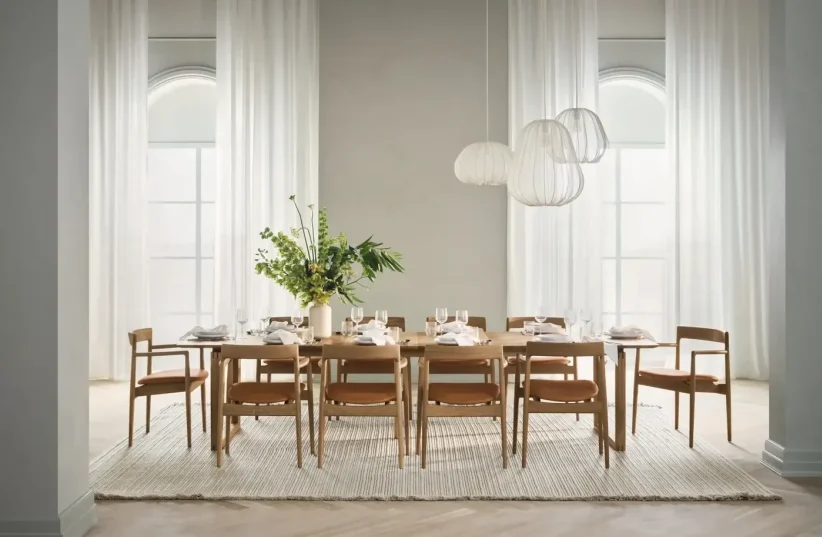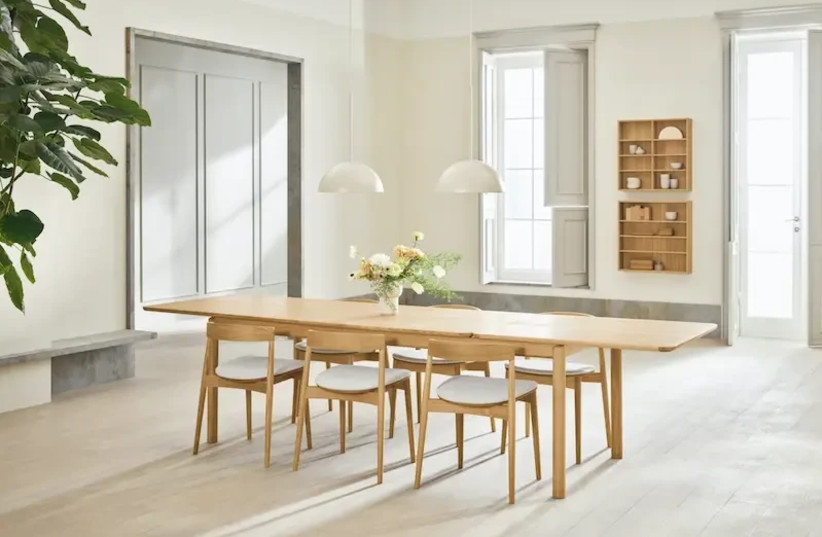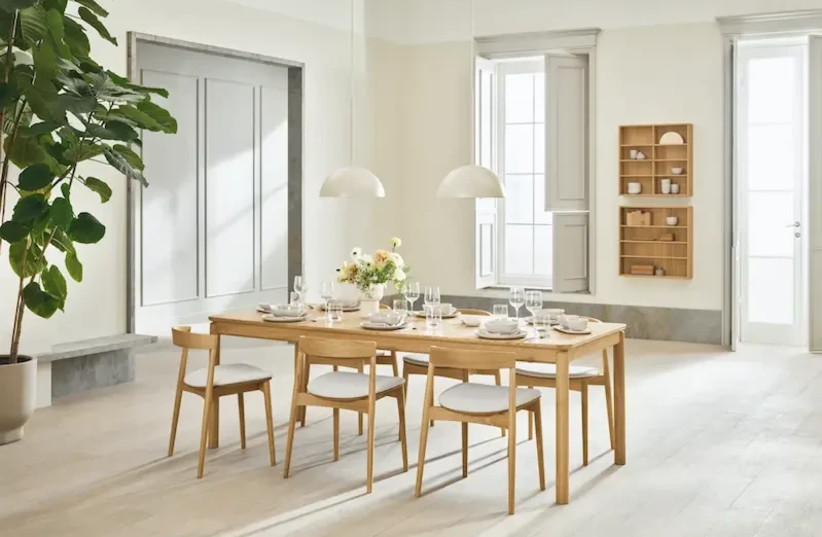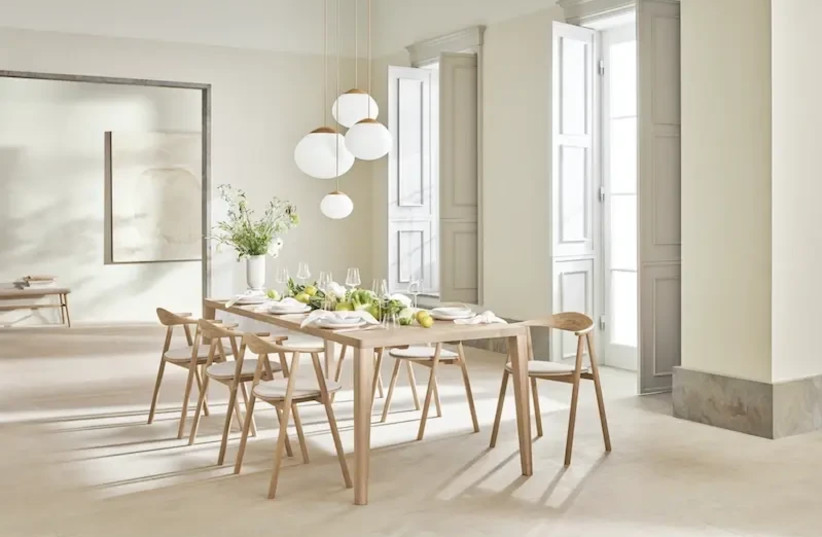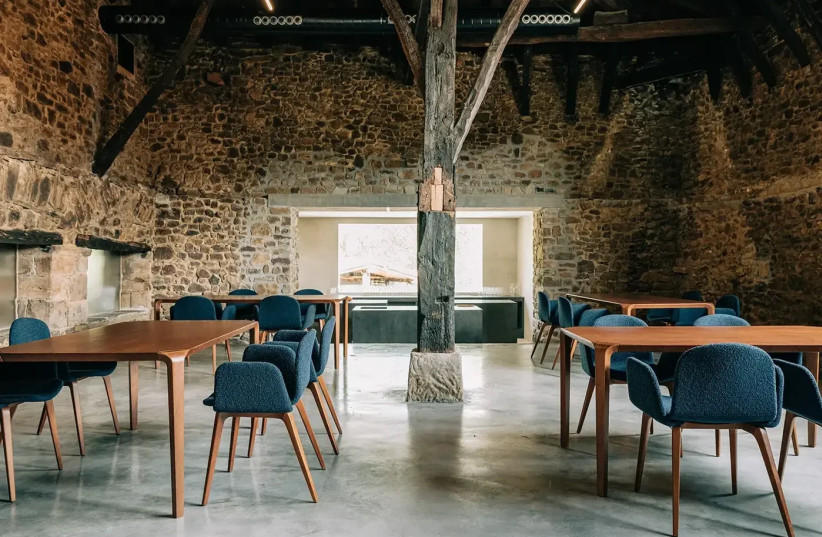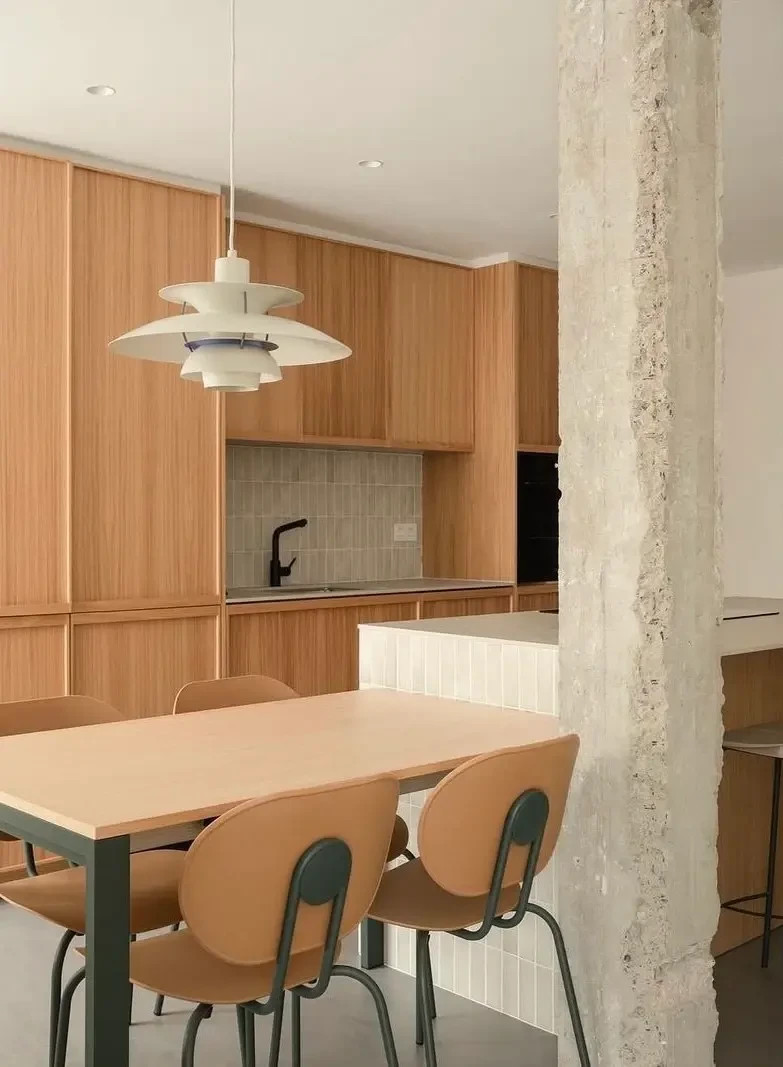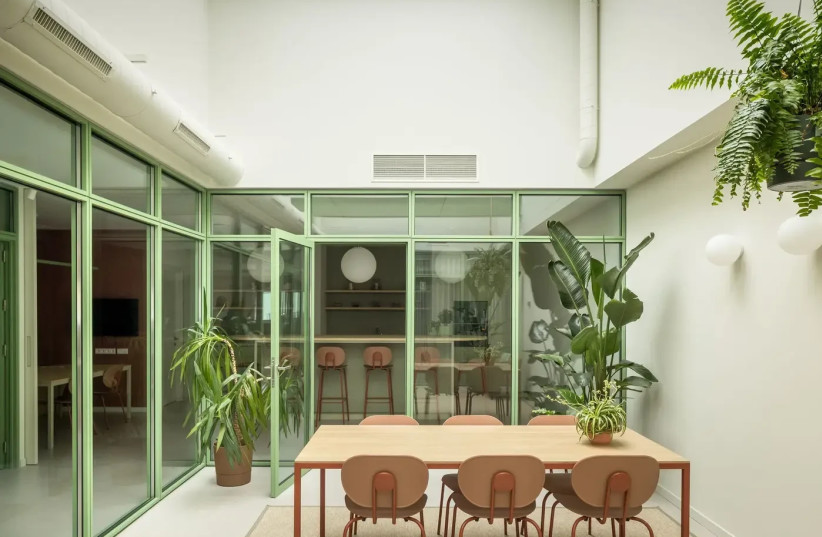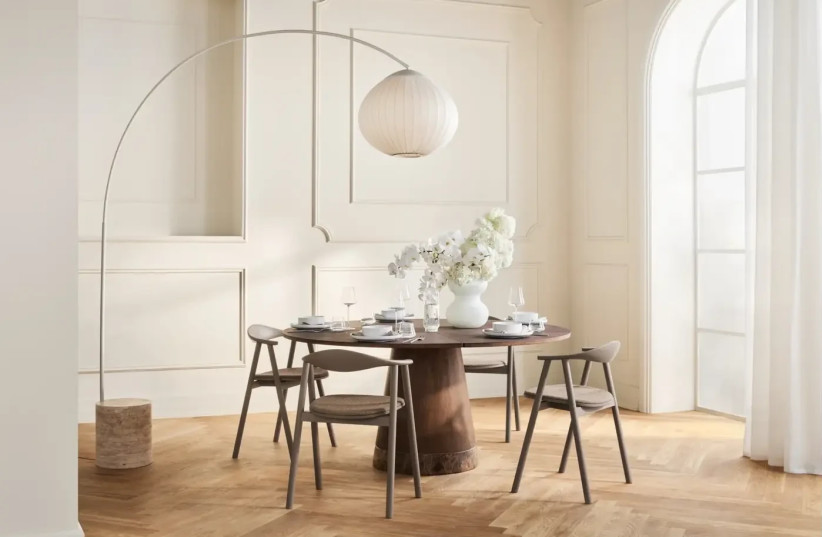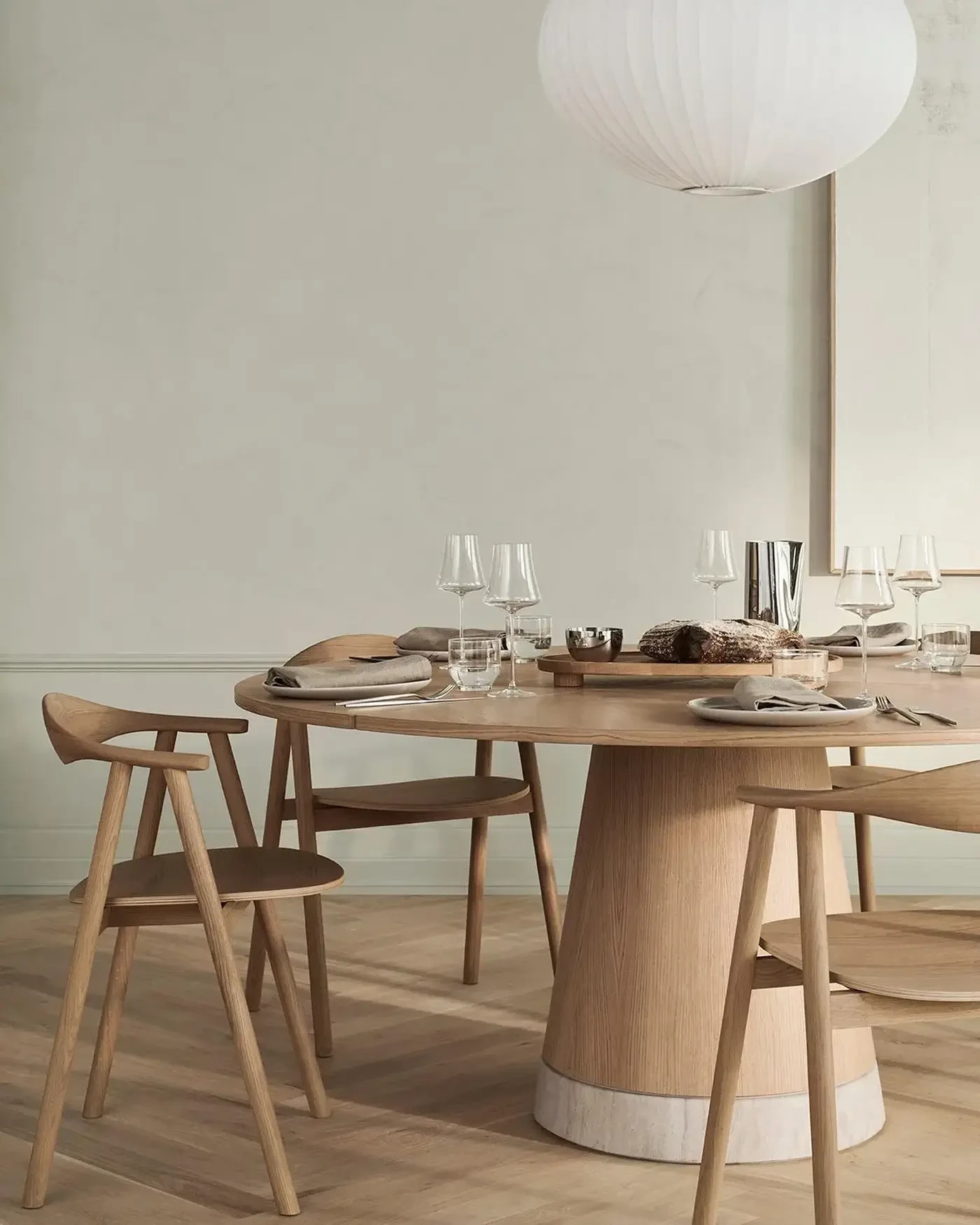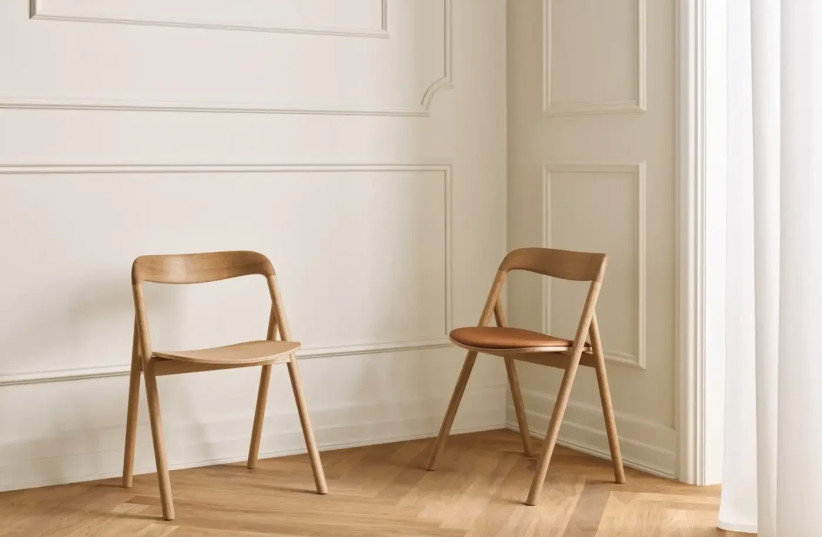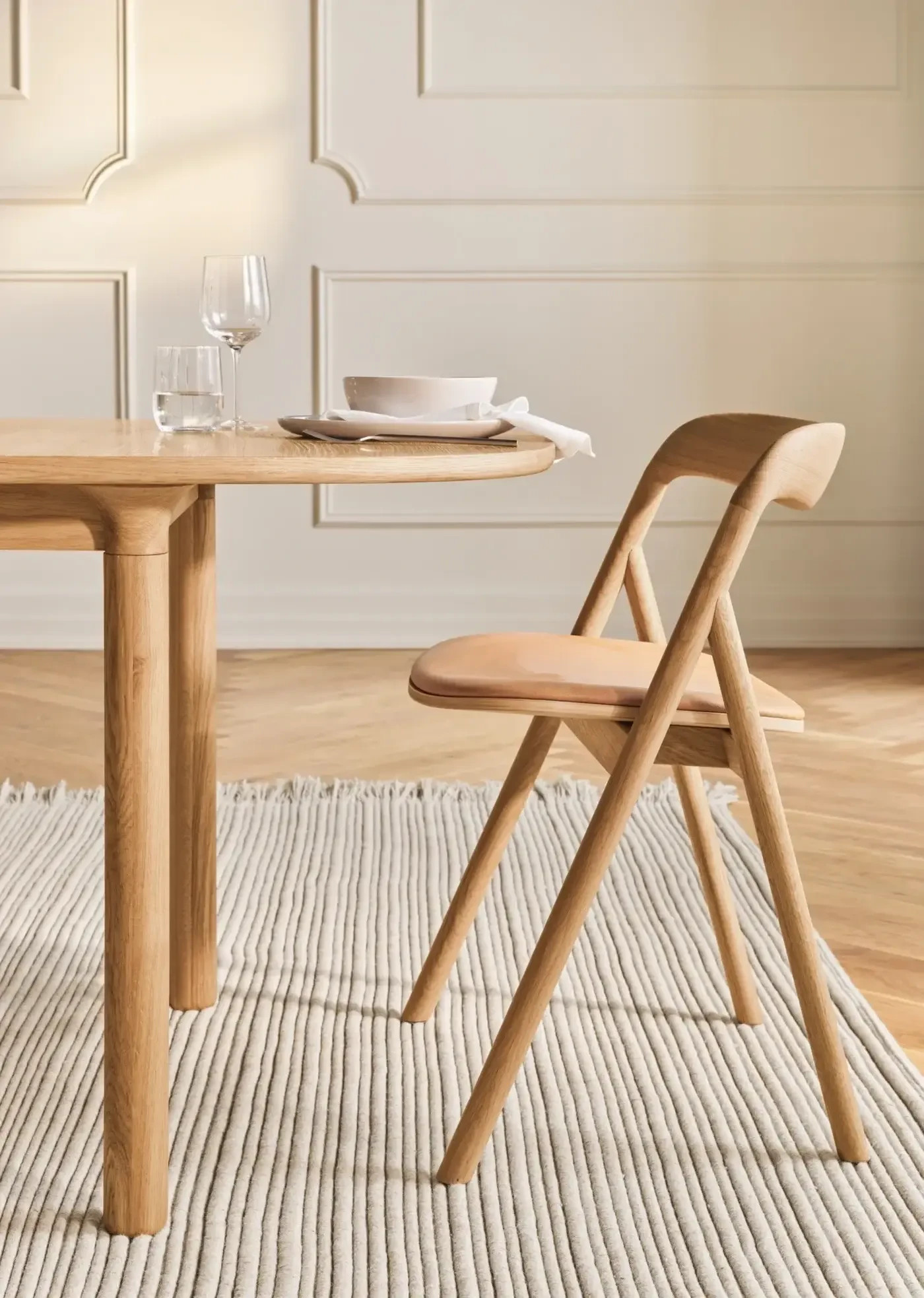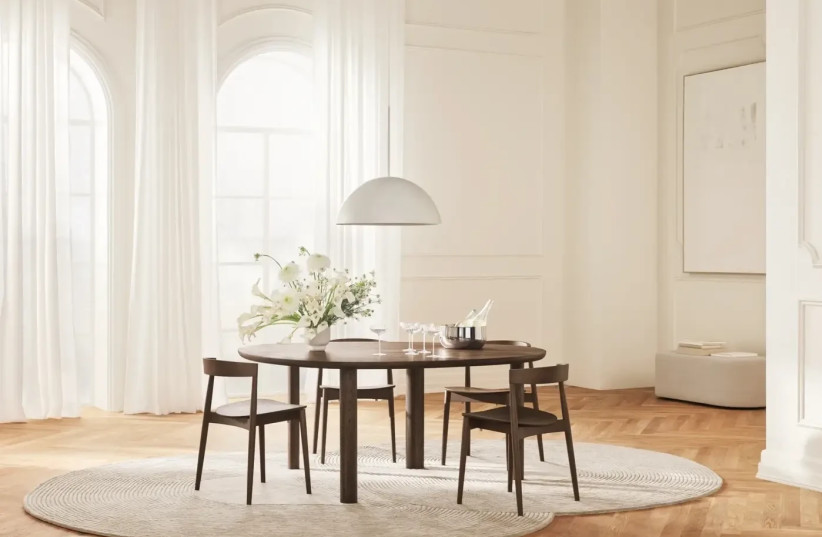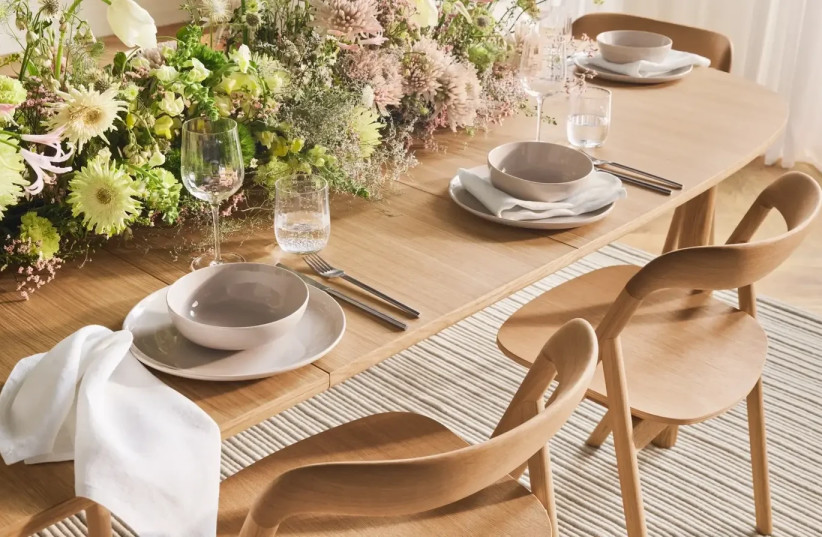Dining corners serve as significant furniture pieces, located at the heart of homes, connecting family members, friends, and guests, creating quality time, memories, good food, and experiences.
As Passover approaches, heralding the arrival of spring, a holiday where we all gather around a festive and indulgent table, we've prepared an article to provide practical information for choosing your dining corner. Explore new collections that combine stunning aesthetics, durability, and practicality.
Round or extendable table? What about chairs? The complete guide is here.
"A dining corner is a rare purchase in a lifetime, often lasting for years. The two fundamental considerations when deciding to purchase a dining corner are: the size of the dining area in your apartment/home and the usage habits and frequency of entertaining at home," explains Carmit Redlich, the owner of Prat Living stores.
Size and Shape:
The size of your dining area will influence the appropriate table shape and, of course, its basic size. A round or square table, for instance, suits a defined square space or a spacious open-plan layout without a natural spot for a dining corner. Conversely, an elongated dining area or a combined kitchen/dining/living space usually harmonizes well with a rectangular or oval dining corner.
Usage Habits and Frequency of Entertaining:
The second significant factor is the usage habits and frequency of entertaining. Is the dining corner your daily eating area, or is it used only on weekends? This consideration, combined with the spatial structure we discussed earlier, will define the basic size of the table. If every day, all household members, totaling six people, eat together for lunch/dinner, you'll need a round table with a diameter of at least 140 cm or a rectangular table with a length of at least 180 cm.
If you frequently entertain guests weekly or more and space allows, it's recommended to consider a larger dining corner, at least 220 or 240 cm long, with an extension option. Regarding extension tables, the common answer is "always," but it's not necessarily accurate.
If you have up to six people in the house, and you have an additional seating area like a kitchen island, and you host guests occasionally, it's not critical to purchase an extendable table. Why?
The Question: Is Daily Use Necessary?
Firstly, quality extendable tables are generally more expensive than non-extendable ones—the difference could amount to the cost of 2-3 new dining chairs. Secondly, in modern/minimalist-designed dining tables, extensions are often stored in a side cabinet rather than within the table itself. There's not always space for that, and sometimes, it ends up being more cumbersome than adding a lightweight folding table, which, anyway, will be covered with a tablecloth for 2-3 times a year.
The usage habits and frequency of using the dining table will also define the choice of table material. Legs are often made of wood or metal, and the tabletop can be wood, metal, marble, or glass. In wooden tables, differentiate between a lacquer finish, which is generally more durable, and an oil finish, which, while more susceptible to damage, is significantly more aesthetically pleasing.
If usage isn't daily, the children are older, and there's extensive entertaining with placemats or tablecloths—opt for a tabletop with an oil finish that looks lively, beautiful, and authentic over time. Know that maintaining such a table is much simpler than commonly thought.
Of course, there are also a variety of advanced surface coatings available today, mimicking wood or certain tones, such as the nanotechnology coatings by Phoenix, which are very durable and have a clean, minimalist appearance, highly recommended for those concerned about the appearance of full wood or veneer over time.
New Dining Corner Collection by Prat Living:
Prat Living's new dining corner collection emphasizes a connection to nature, using natural and high-quality materials, employing traditional Scandinavian techniques used for generations. All this to create durable tables and chairs that will accompany us through various stages of life for many years.
Round Tables - Meticulous Craftsmanship: Prat Living's new dining corner collection offers meticulous craftsmanship, featuring dark oak and natural oak for round tables, allowing you to choose according to your preference.
Piro - A Sculpture and Dining Table: Piro is a sculpture that doubles as a dining table. A round dining table designed to create a natural meeting place for family and friends, using only the finest natural materials. Full natural stone and solid oak are assembled into this stunning table, according to classic design principles, with a central conical leg for maximum stability, promising to serve you for many years.
The table is available in two sizes and various finishes.
Chairs:
Regarding chairs, Carmel Radelich, from Prat Living stores, advises, "Of course, consider the material chosen for the table and the overall space appearance. Some houses are suitable for wooden chairs with a wooden table—note that quality wooden chairs will be more expensive and heavier—check if that's right for you."
Sometimes, you can lighten both the appearance and the budget by choosing a wooden chair with metal legs or vice versa, a polypropylene chair with wooden legs.
The choice of upholstery on dining chairs also depends on the frequency and nature of use—do you tend to sit for extended meals for a few hours? Or is it usually a light meal for 20 minutes?
If you've decided on upholstered chairs, opt for 100% synthetic fabrics, preferably washable ones like vinyl or faux leather. The chosen chair's appearance and design will be influenced by both the table's appearance and the number of chairs. The larger the quantity of chairs, strive for a light, clean, uncluttered look that won't overload the space's appearance.
If the dining table is against one wall, consider integrating a bench on one side instead of chairs—note that the bench should be shorter than the table's length to allow easy entry and comfortable seating from both sides. Make sure to examine the table legs' structure in relation to the number of chairs you choose. In a rectangular table with inward legs, the desired number of chairs might not fit. Similarly, in a round table with four legs, five chairs won't fit comfortably.
Beyond all these emphasis points, design and quality also play a significant role in choices, according to each individual's taste.
The Latch Dining Table: The Latch dining table explores the simple beauty of solid oak, featuring an organic shape and an eye-catching design. The table's unique surface, its varying diameter slim legs, and their asymmetrical positioning create a sculptural table that's hard to ignore. The Latch series of dining tables were designed by Singaporean studio Dazingfeelsgood and won the Bolia Design Award for 2017.
In summary, replacing a dining corner with a quality one that will serve you over time is a significant and not cheap decision, so it's important to consider all relevant parameters and make the most balanced and appropriate decision for you.
